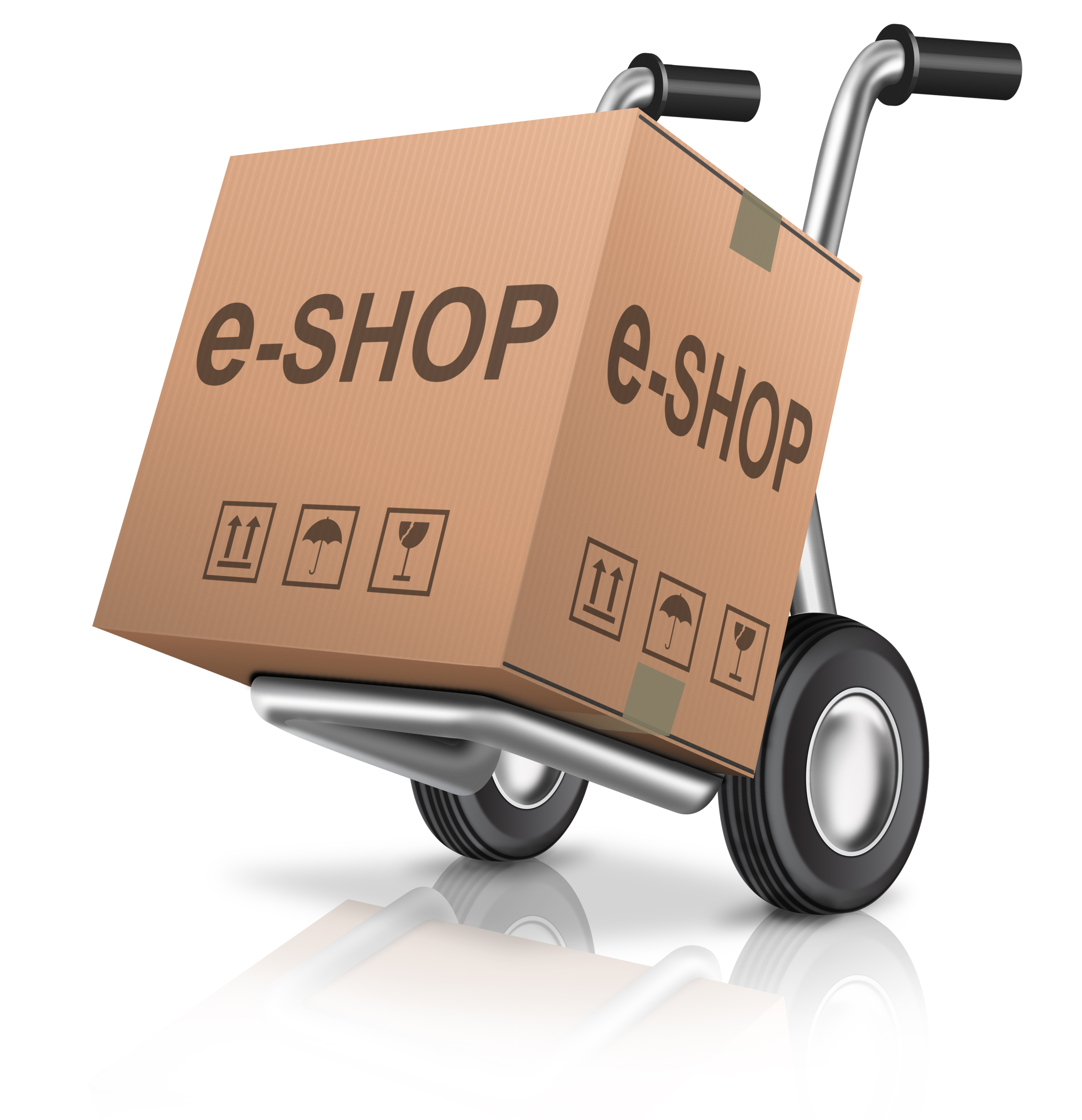5 Top Trends In Home Delivery That Can’t Be Overlooked
 By Delores Hamilton
By Delores Hamilton
E-commerce annual sales reached $23 trillion worldwide, by the end of 2017. With this significant growth, customers are expecting faster deliveries, along with delivery services improved to their satisfaction. With this evolution in the supply chain, the change that is taking place is notable.
Let’s take a look at 5 key Last Mile delivery trends:
- Innovative Solutions:
As the E-commerce Delivery service sector grows to a higher level, there is an increase in the need for even more innovative solutions, business models, and apps to meet the demands of the end consumer.
One creative solution to consider: Integration in a conjunctive network, as this can reduce costs. As an example, a shipper’s usage of a dedicated truck may incur costs of $50, whereas using an existing network, your costs could be reduced by as much as 20 – 25 %.
- More Compelling Delivery Expectations:
Customer Demand for doorstep delivery is exploding – getting ‘what you want when you want it’ is vital today, especially since the notion of ‘patience’ is becoming almost antiquated with consumers.
Driven by the increase in next day and same day delivery services, companies are feeling compelled like never before to offer their products at a delivery speed that just a short while ago, was not an industry standard. Retailers are now pushing the limits to meet customer demand and outpace their competition. Even luxury and designer fashion retailers have become immersed in the last mile delivery world. However consumer expectations around all types of delivery have reached a pinnacle point, driving retailers across every industry, from clothing to electronics, to innovate in order to outpace the need for speed.
- Increased Personal Electronics Usage:
The business of bringing people what they want, when they want it, is booming. More consumers are increasingly using their phones or smart home technology. This will of course impact demand increase, and last mile delivery providers would certainly benefit.
Using the convenience of a smartphone, many transactions, can be, and are done to make purchases, arrange for shipping and pay for transactions:
- Online shoppers can use Face ID on some smartphones – which lets them securely unlock their smartphones, authenticate purchases, sign in to apps, and more—with just a glance.
- Other tech gadgets used more frequently for web purchases like personal digital assistants such as Alexa, Google Home Assistant, Apple Watch, are part of a generation that is moving like a fast tide. Retailers, distributors and last mile providers are in a ‘clutch’ sometimes to maintain a sustainable pace with these increasing technological advancements.
- Off Hour Deliveries – Night Moves:
The demand for “night move” off-hour freight deliveries continues to grow. The question may be ’why is the need for night move truck deliveries becoming more prevalent’?
Market Demand:
- Canadian retailers have required off-hour deliveries for many years. Loblaws, Walmart, Sobeys, Overwaitea and more have employed this solution. The workforce in Canada is open for business outside of traditional business hours. Approximately 30% of Canadian workers are employed in some form of shift work.
- On-line e-commerce deliveries are growing and on-line retailers such as Staples, Walmart and Amazon are fiercely competing for market share offering enhanced delivery options such as after hour and same day delivery service. How can you not only meet but capitalize on these opportunities to satisfy your customers or your customers’customers?
Cities are Beginning to Mandate Off-Hour Deliveries (OHD):
Urban cities are seriously exploring and pursuing programs involving local deliveries/trucking operations within a downtown/central business district area or near high volume freight/goods distribution traffic to prevent recurring traffic congestion and shorten delivery route times.
Over a year ago, New York City’s Off-Hour Delivery (OHD) successfully completed the execution of a late-night delivery truck program moving deliveries from daytime hours to a time window between 7:00 p.m. and 6 a.m. The analysis concluded that during off-peak hours, delivery times dropped an average of 48 minutes, fuel costs were reduced and trucking companies dramatically reduced their monthly parking ticket costs, improved on-time delivery performance for businesses and streamlined supply chains for participating retailers.
Washington, DC and Orlando, FL are now initiating NYC’s OHD program, and other major US cities are showing keen interest.
Toronto is also exploring a similar program for after hour deliveries.
Nestle Canada successfully implemented off-peak deliveries in the Greater Toronto Area, resulting in productivity improvements.
- Above All – Transparency:
“The single most important ingredient in the recipe for success is transparency because transparency builds trust.” – Denise Morrison, President and CEO, Campbell’s Soup, 2011- 2018.
Customers want to give their business to transparent companies, and talented people want to work at transparent companies. There is a rational belief that the moment your business organization embraces transparency is the moment you gain the advantage over companies that haven’t.
These solutions require transparency in order to continue on a sustainable path; and as stakeholders in the supply chain the retailer, distributor, last mile service provider and the customer recognize this truth.


